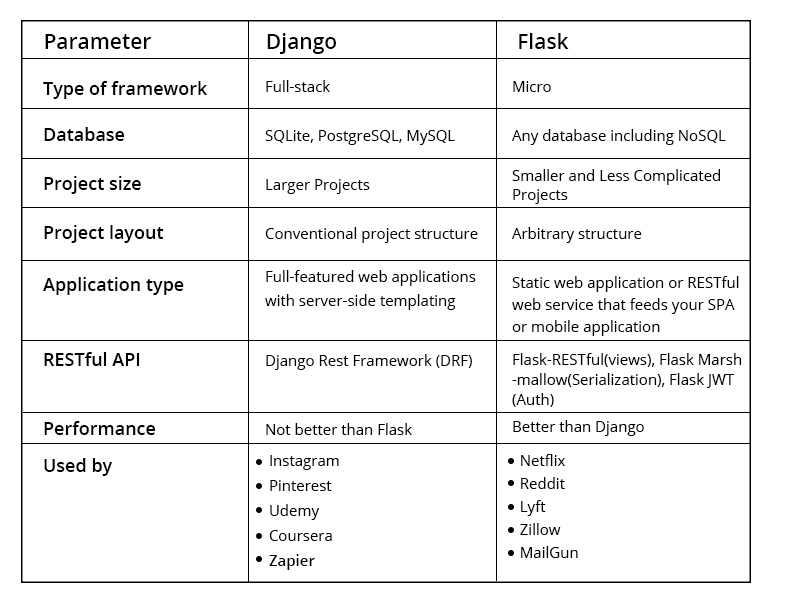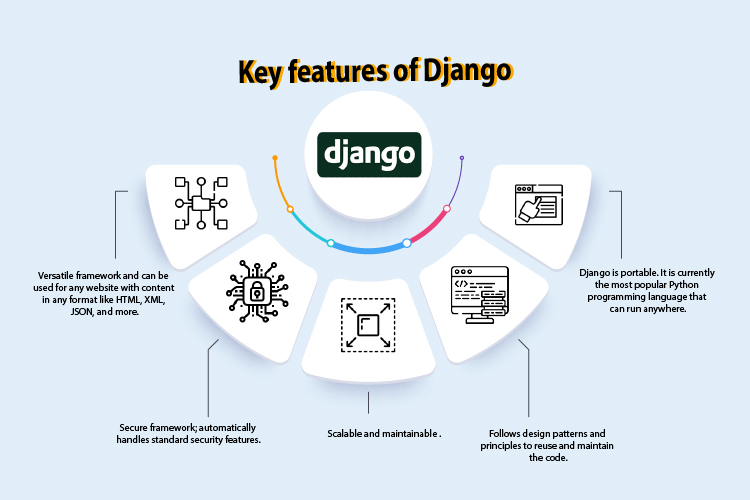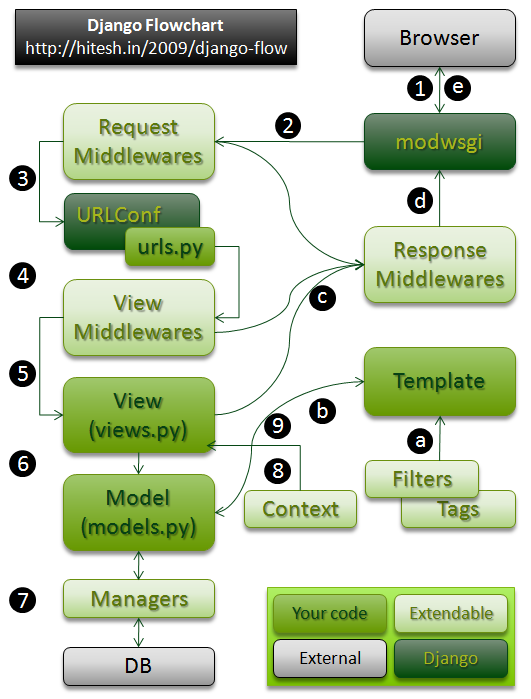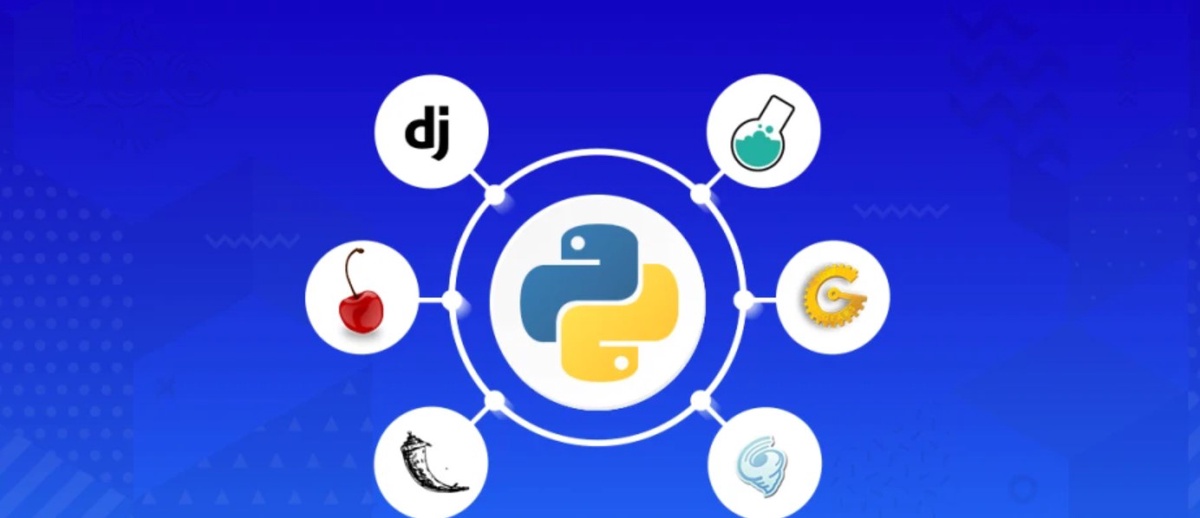Python is a programming language that has gained significant popularity in the field of software development, particularly in the field of web development and machine learning. AnyforSoft provides Python development services to clients in a variety of industries, including finance, healthcare, and technology.
In order for clients to be sure of the high quality of the company's services, AnyforSoft has a highly qualified and experienced team of Python developers.
Development of web applications based on Django and Flask
Django and Flask are two of the most popular Python-based web frameworks.

Django is an open-source web framework written in the Python programming language. It allows you to quickly develop high-quality web applications using ready-made components and libraries. Django includes a large number of features that facilitate the development of web applications, such as a built-in ORM, a routing system, an authentication and authorization system, an administrative interface, and others.

The main advantages of Django:
- Speed of development. Django allows you to create web applications quickly and easily using ready-made components.
- Flexibility. Django allows developers to extend the functionality of the framework with their own extensions and plugins.
- A standardized approach. Django uses standard design approaches and patterns that make web application code more structured and readable.
- Security. Django has a built-in authentication and authorization system that allows you to ensure the safety of web applications.
- Scalability. Django makes it easy to scale web applications, allowing them to increase their performance as the load grows.
- Community. Django has a large developer community that is constantly improving the framework, maintaining it, and developing new extensions and plugins.
Django can be used to develop a variety of web applications such as social networks, blogs, online stores, directory sites, corporate sites, online course sites, forums, video, and audio content management systems, and much more. Django also lends itself to developing APIs and microservices, enabling interoperability between applications and platforms.
Django has a built-in ORM (Object-Relational Mapping) system that allows you to interact with the database without directly writing SQL queries. This provides for you to make the code more readable and structured, as well as to provide greater security against SQL injections.

Django also has a routing system that allows you to match URLs with web requests and route them to the appropriate web application functions. This empowers you to make web applications more logically structured and easy to understand their operation.
One of the important features of Django is the built-in administration system, which allows you to create administrative interfaces for web applications with minimal effort. This gives you the possibility to provide access to various features of the web application, such as user management, content management, and others, without having to write your own code.
In addition, Django allows you to easily configure web applications using templates, which makes it possible for you to ensure their high speed and performance. It also has built-in support for static files such as images and CSS styles, which allows for proper design and visual appeal of web applications. Django has built-in support for static files such as images, CSS styles, and JavaScript files.
Static files are files that do not depend on the context of the request and do not require server-side processing, such as styles, images, and others. Django makes it easy to manage static files, making them available to web pages and applications.
To work with static files in Django, you need to create a directory called "static" in the root of the project and add subdirectories for each file type, for example, "images," "CSS," and "JS." In these subdirectories, you can store the corresponding files.
Wrapping up
Python development services are in high demand due to the language's simplicity, readability, and versatility. Django, a popular web framework built on Python, is widely used for developing scalable and robust web applications. With its built-in ORM, templating engine, and administration interface, Django enables developers to build complex web applications quickly and efficiently. The framework's focus on the "Don't Repeat Yourself" (DRY) principle and its excellent documentation make it an ideal choice for startups and large enterprises alike.
In conclusion, Python development services and the Django framework offer a powerful combination for building modern and sophisticated web applications.


No comments yet